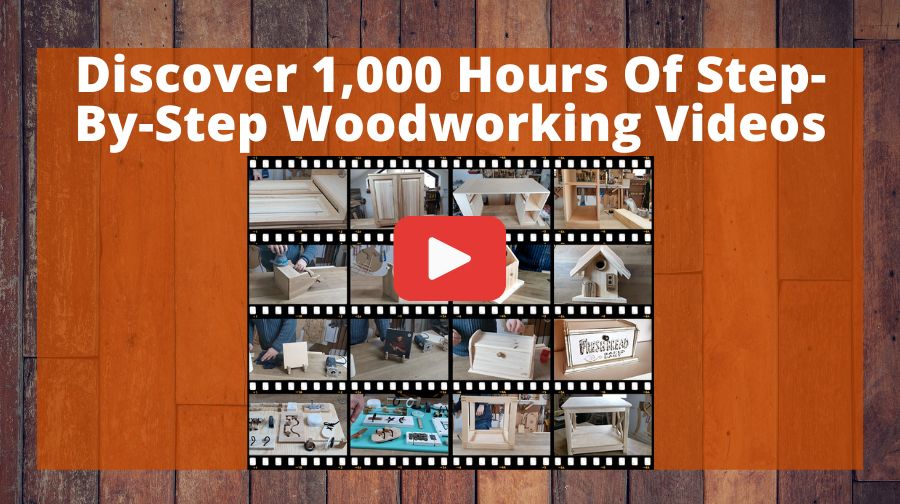Subscribe to Preston Miller Projects on Youtube
When Preston began woodturning the coffee beans into a coffee mug he had no idea what to expect. He just wanted to do a little something different. Would it even hold together? Would he find air pockets all over given all the small cracks and crevices between and inside the coffee beans? Which would make the piece too weak to cut into anything of use. This was more of a long shot experiment than a potentially successful project. He did not have high hopes for this to turn out well.
You might have noticed he ran his PSI up to 80 instead of the usual 60 PSI in the pressure chamber given all of the small places for air to hide. He has a strong feeling this helped because in certain spots the walls of tumbler were sanded down thinner than the width of a coffee bean. Impossible to do without the cup collapsing in on itself! So he thought.
Want To Improve Your Woodworking?
Discover 1,000 Hours Of Step-By-Step Woodworking Videos

It’s called Woodwork101. A database of detailed videos and blueprints in crystal clear, mouth-watering HD that will take you by the hand and show you that DIY home projects done the right way are easy, fun, and always of top quality… turning dream into reality in a heart-beat. Getting you that perfect build each and every time.
Another thing you may notice is after doing the initial shaping and drilling on the coffee mug, not a single blade touched the coffee bean/epoxy mixture for the rest of the project- only on the spalted oak base and lid were metal tools used again. All of the shaping was done with heavy grit sandpaper because it’s a lot less aggressive on the already thin cup. That’s how careful he wanted to be with the piece after an unexpectedly successful (but very slow) drilling process.



